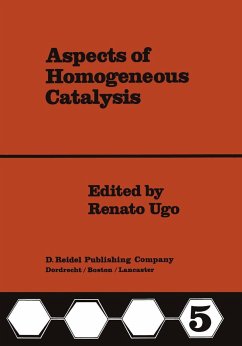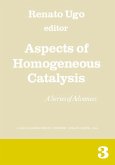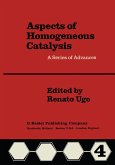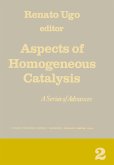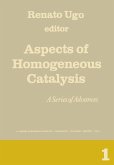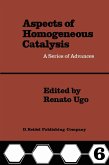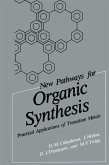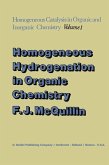1. INTRODUCTION Although quite spectacular results have been obtained in the last few decades in the field of homogeneous transition metal catalyzed transformations of olefins and alkynes [1], reactions which could lead to heterocycles have been partly neglected. An obvious reason for this is that substrates containing heteroatoms such as N, 0 or S could coordinate the metal and suppress the catalytic activity. Nevertheless, some interesting early examples of transition-metal-catalyzed syntheses of heterocyclic compounds have been reported and these have been reviewed by C. W. Bird [2] . More recently the incorporation of CO , which enables esters and lactones 2 to be synthesized from olefinic starting materials, has begun to attract attention (see, for example, ref. [3]). The dominant role of palladium as the catalyst for the formation of O-containing heterocycles has been suggested to be associated with the relatively low strength of the Pd-O bond. Among the first examples of a nitrogen-containing heterocycle to be formed by homogeneous catalysis is the triazine shown in Equation 1 which is the product of the trimerization of benzonitrile in the presence of iron penta carbonyl or Raney nickel [4] .
Hinweis: Dieser Artikel kann nur an eine deutsche Lieferadresse ausgeliefert werden.
Hinweis: Dieser Artikel kann nur an eine deutsche Lieferadresse ausgeliefert werden.
`This volume is a very useful addition to the literature of homogeneous catalysis by transition metals/complexes and is especially useful for those interested in advanced research and development work in this area. It is bound to be appreciated by graduate students and teachers in the fields of synthetic and mechanistic organic chemistry.' -- Indian Journal of Chemistry (December 1985)
`This volume is a very useful addition to the literature of homogeneous catalysis by transition metals/complexes and is especially useful for those interested in advanced research and development work in this area. It is bound to be appreciated by graduate students and teachers in the fields of synthetic and mechanistic organic chemistry.'
Indian Journal of Chemistry (December 1985)
Indian Journal of Chemistry (December 1985)

